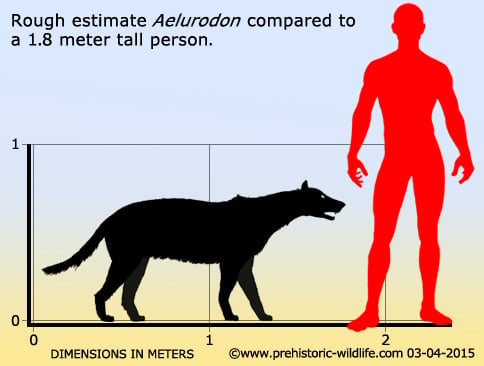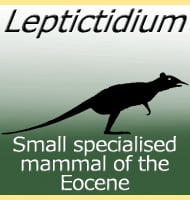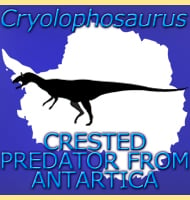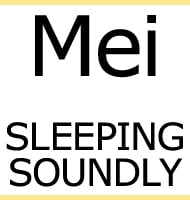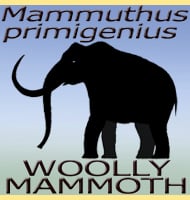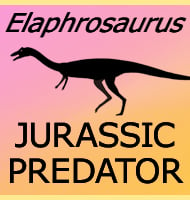In Depth
Along with the type genus Borophagus, Aelurodon is one of the better known of the so called ‘bone crushing dogs’ of the Borophaginae. Canids like Aelurodon got their nickname from the form of their short snouts which have also been described as hyena-like. Because of their shortness, the snout force food towards the back of the mouth nearer to where the jaw articulates. This allows for a greater amount of force to be focused upon whatever was in the mouth so that when say a bone was inside, Aelurodon had the bite force necessary to break it open. This would allow Aelurodon to then consume the bone marrow within, which could also imply that Aelurodon had a greater tendency to scavenge carcasses where only the bones might be left after all the meat had already been consumed by carnivores that did not have the power in their jaws to crack open the bones as well.
Aelurodon was also one of the last borophagines (as a group the Borophaginae disappeared at the end of the Pliocene), and seems to have gone extinct with the gradual appearance of more modern predators. These predators included felids, particularly sabre toothed cats like Machairodus, the earliest wolves such as Canis lepophagus and Canis ferox and the gradual appearance of bears such as Indarctos. These new forms were all better adapted at hunting the new and changing forms of available prey with some also capable of crunching bones as well and in the face of all of this new competition, older carnivore forms like Aelurodon were steadily eked out of existence.
Further Reading
- Phylogenetic systematics of the Borophaginae, X. Wang, R. H. Tedford & B. E. Taylor - 1999. - A new species of Aelurodon (Carnivora, Canidae) from the Barstovian of Montana, Wang, Xiaoming; Benjamin Wideman, Ralph Nichols, Debra Hanneman - 2004.
